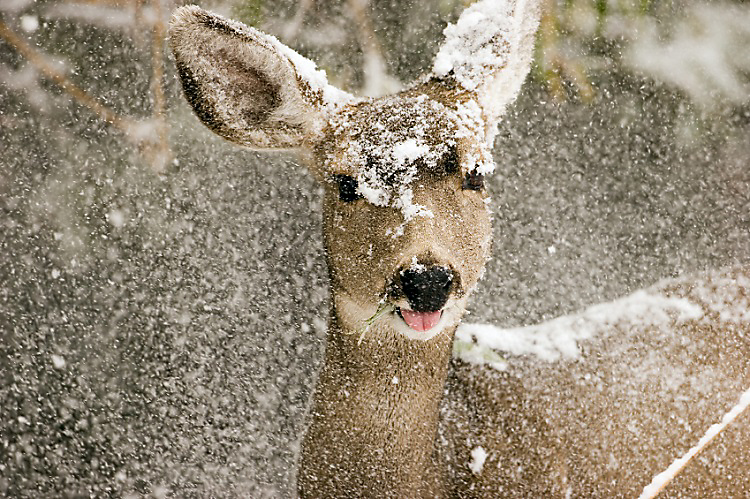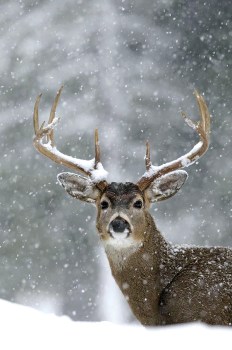East Tennessee Outdoors: Winter Animals
Published 11:51 pm Thursday, January 23, 2020
BY DANNY BLEVINS
STAR CORRESPONDENT
As I write this, the temperature is hovering around 14 degrees, and the wind is whistling around my mountain. It’s safe to say that winter is finally here.
We as humans cope with the dipping temperatures by turning up the heat, putting another log on the fire or by getting deeper under the quilts. But what about the animals? How can they survive the elements, stay warm and feed themselves?
All animals cope in different ways, depending on what Mother Nature has given them and some of these ways are very interesting.
Let’s start with bears. Bears spend the fall foraging for food, especially high-calorie nuts, that will give them fat reserves. Then when the winter sets in, they will hibernate.
Hibernation is when the animal’s core temperature drops, its breathing becomes shallow and its heart rate slows enough for it to go into a deep sleep that will last until the weather is better and food is more plentiful.
Black bears search out old holes in the ground, such as old groundhog holes or fox holes to use for hibernation. But if they cannot find these holes, they will climb a tree and hibernate at the top of it. They simply curl up on a tree limb and their winter coat protects them from the cold and snow.
Also, bears do not hibernate all winter in this area. Yes, they hibernate on the cold and snowy days but when the temperature warms up for several days, it is not uncommon for a bear to come out of its den and forage for food.
Groundhogs are one of the few creatures that enter into true hibernation. Some insects also hibernate, as do chipmunks and some bats.
Squirrels, on the other hand, have dens or nests in trees and store up nuts for the winter. They bury these mast crops, such as acorns, beechnuts, etc., in many places around their dens and return to these caches during the cold winter days.
If the squirrel does not return for these, they become seeds for future trees. Many oak trees are growing today because a squirrel buried its acorns and did not return for them.
Deer is an animal that is well-adapted to its habitat. A deer will grow a darker, thicker coat during the winter to help it blend into its surroundings and to stay warm.
More than 60% of a deer’s diet is browse, so they fill their stomachs by eating buds from trees and by eating leaves, such as laurel and rhododendron.
During really bad winter storms, deer will take shelter in deep laurel thickets or groves of pines that offer thick cover. They will stay there until the weather breaks then they will again forage for food.
Foxes depend on small animals, such as mice, during this time of year. They have a nose so sensitive that they can smell mice under the snow. They can track a mouse through 10 to 12 inches of snow until they get close to it.
They will then jump, nose and mouth first, into the place where they think the mouse is hidden. This is very interesting to watch because it looks like they are playing in the snow.
Finally, take note of any extra activity from the animals in the forest. If you see deer browsing, squirrels looking for extra nuts, birds searching everywhere for seeds and other activities, you can expect bad weather in the future. Animals have a way of knowing this and prepare when they can.
Yes, the weather is cold and snowy, but do not worry too much about the animals in the forest. All of them have adapted to their environment and can survive the deepest of snows and coldest of nights.
As for me, I am ready for spring!








